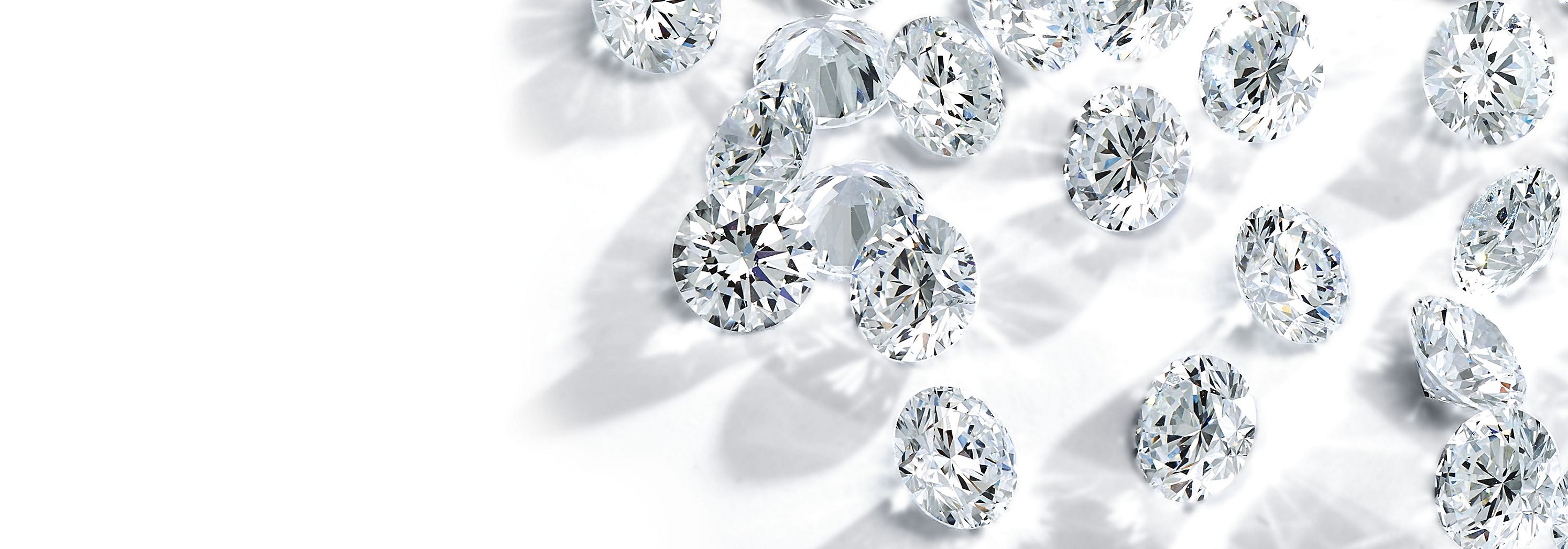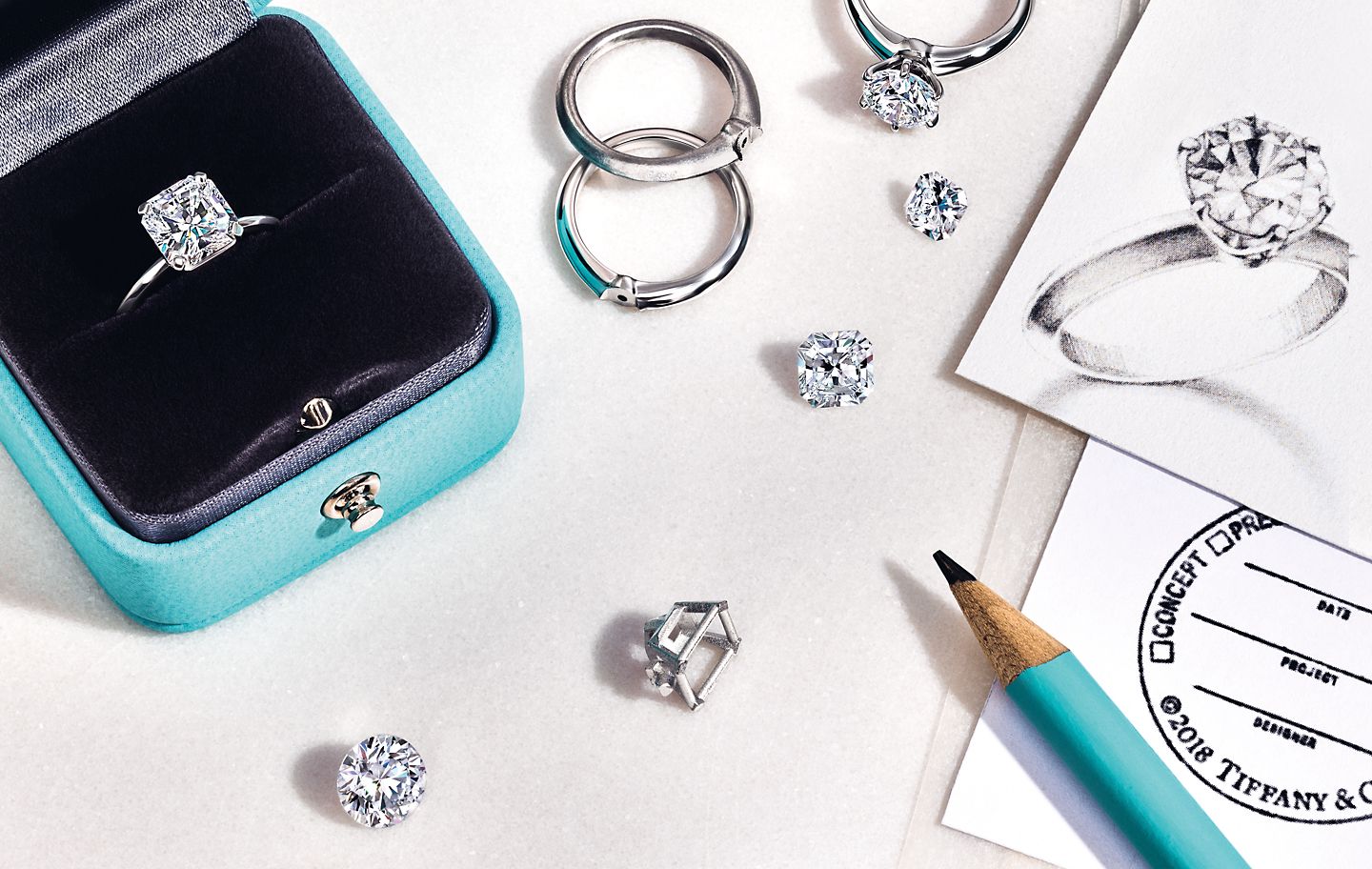A diamond’s quality depends on a combination of the 4Cs—colour, clarity, cut and carat weight. However, Tiffany & Co. believes the most critical of these is diamond cut. More than any other factor, cut determines the brilliance, fire and overall beauty of your diamond. If a diamond is cut poorly, it will appear dull even if it has a high colour and clarity grade.
Tiffany is committed to crafting the most expertly proportioned diamonds. In our workshops, nearly 1,500 of the world’s most talented artisans craft diamonds to the highest standards. This precision is what sets Tiffany diamonds apart.
To learn more about the 4Cs, visit The Guide to Diamonds.









